2008.04.16 10:08
Iconography, or the problem of representation

Lately I've been into Rorschach Ink Blot Test Architecture. Makes things a lot easier, like no more concerns over iconography, representation, indexicality, etc. It's whatever the beholder thinks it is.
2008.04.16 11:28
Iconography, or the problem of representation
...what came to my mind was the fluid associational glue that bonds icons and representation, hence the idea of Rorschach Ink Blot Test architecture. Yes, iconography is somehow always going to be there, but just maybe the associational glue could remain forever elastic as well. Or is it that the iconography remains forever elastic and the associational glue is somehow always going to be there?
What's next? Yikes Architecture!?
2008.04.26 17:52
the state of drawing in education
I've been using CAD to draw architecture for 25 years now, and it hasn't been data input, rather data generation. Architectural drawing with a pencil or pen also amounts to data generation. The greatest advantage of CAD drawing over 'hand' drawing is the fluidity of CAD architectural drawing data.
I haven't printed any drawing of mine in years, yet almost all my drawings are viewable virtually anywhere on the planet, and maybe even in outer space.
In the midst of all this, I now see 'drawing' as a mental state just slightly prior to the data state. Perhaps, then, the mental state of drawing is also at an advantage when fluid.
| |
2008.04.27 12:00
the state of drawing in education
...there is abundant room for messiness and experimentation and discovery within CAD.

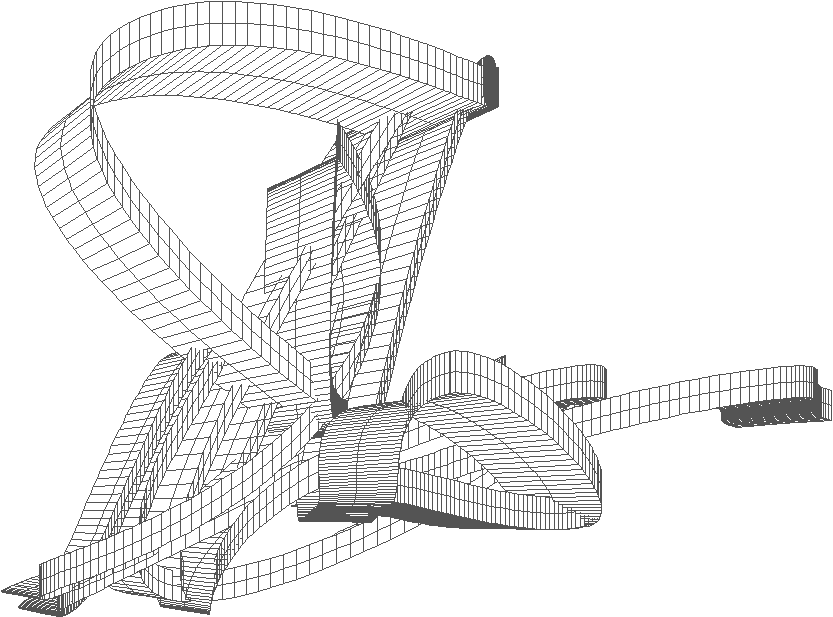
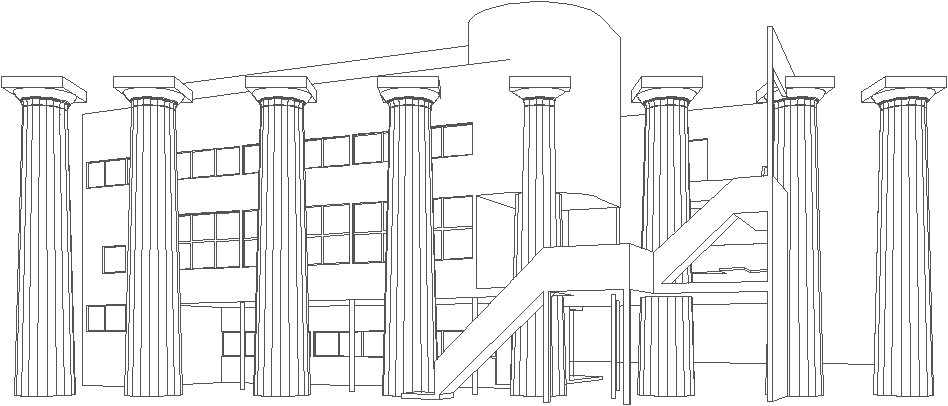

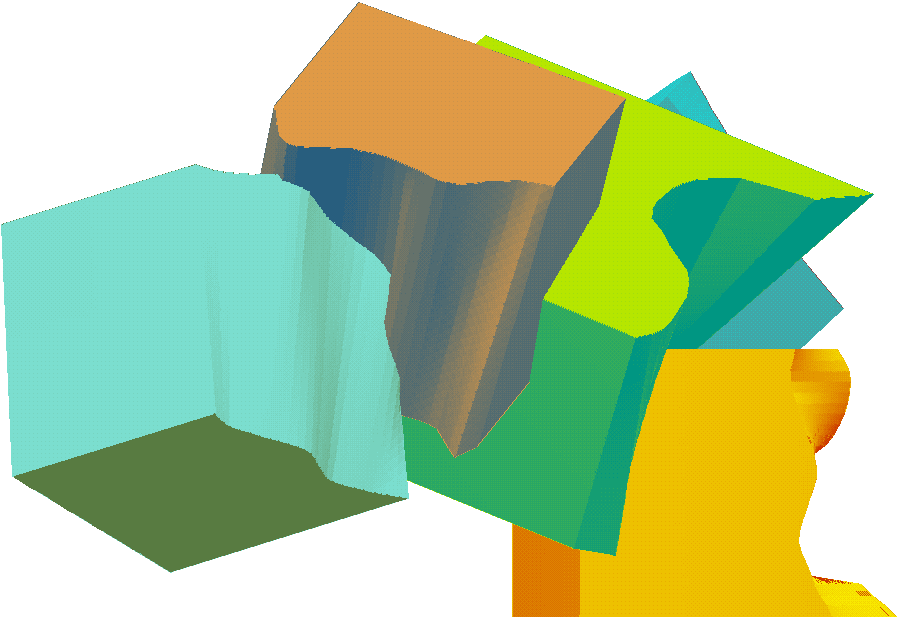
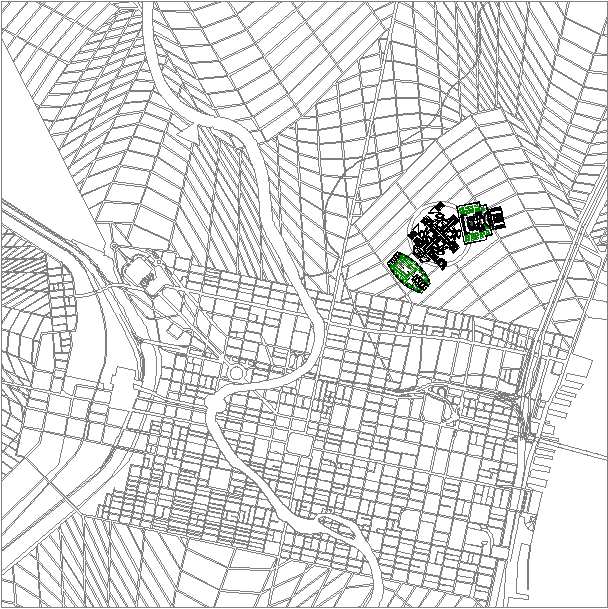
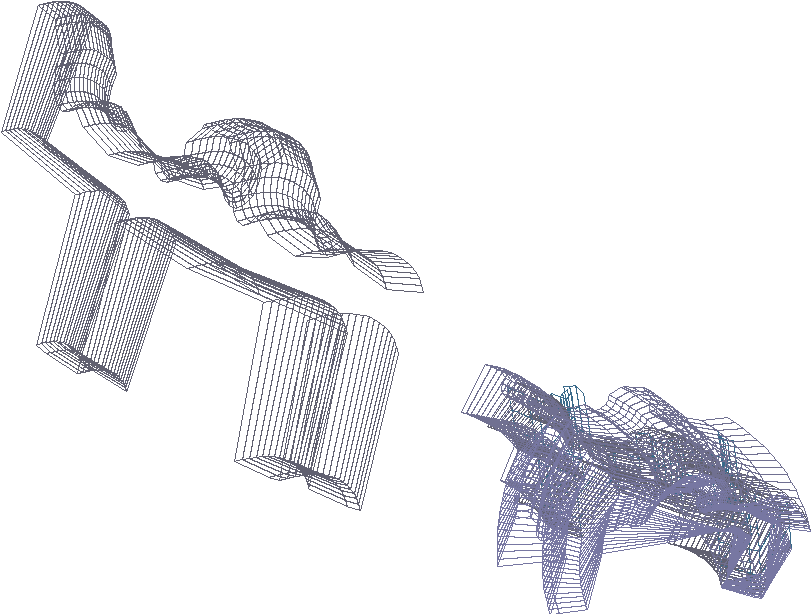
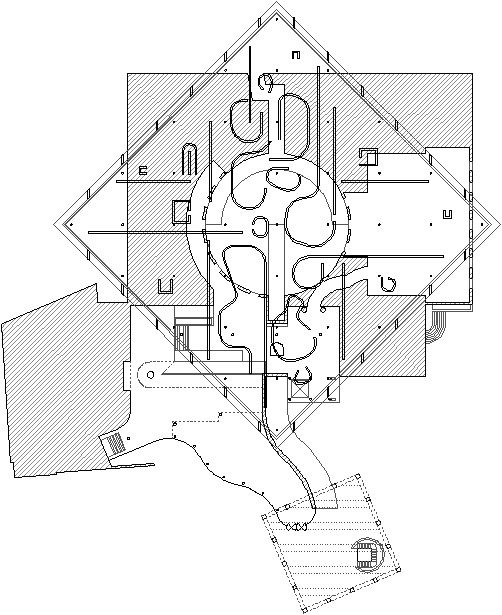
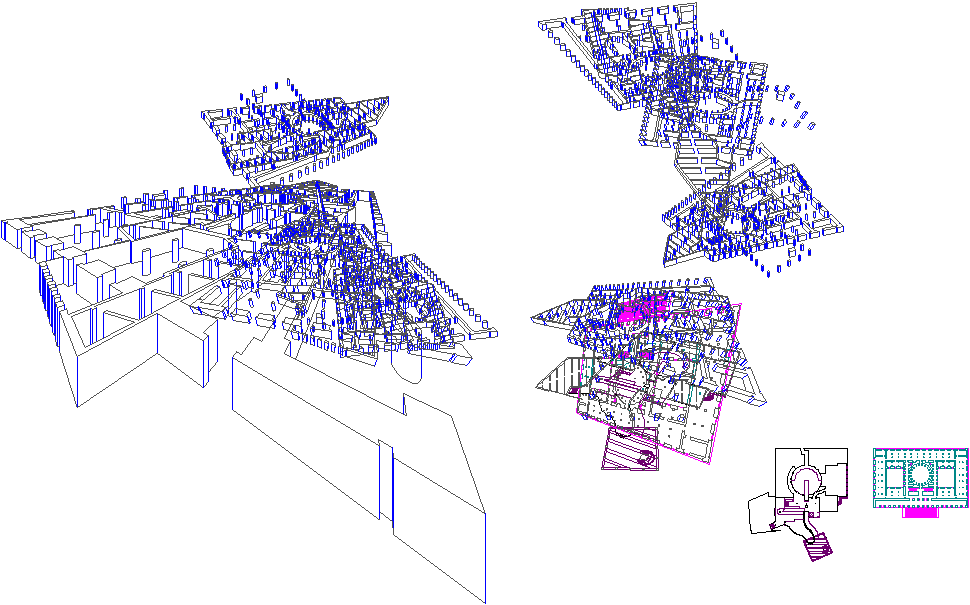
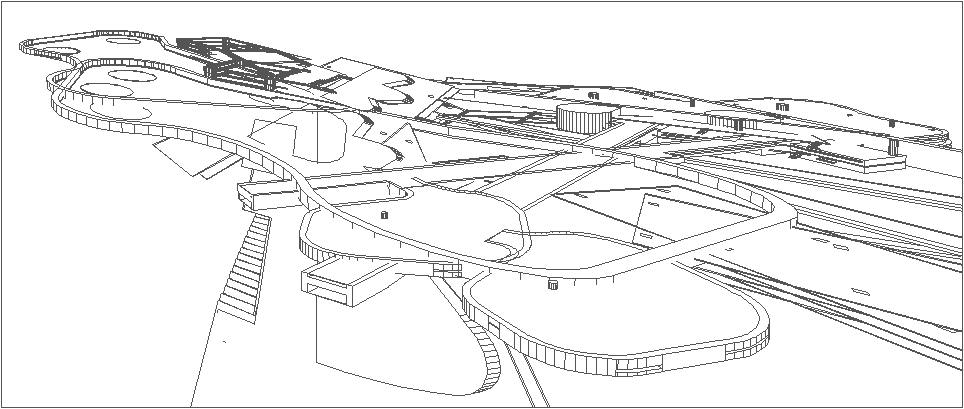
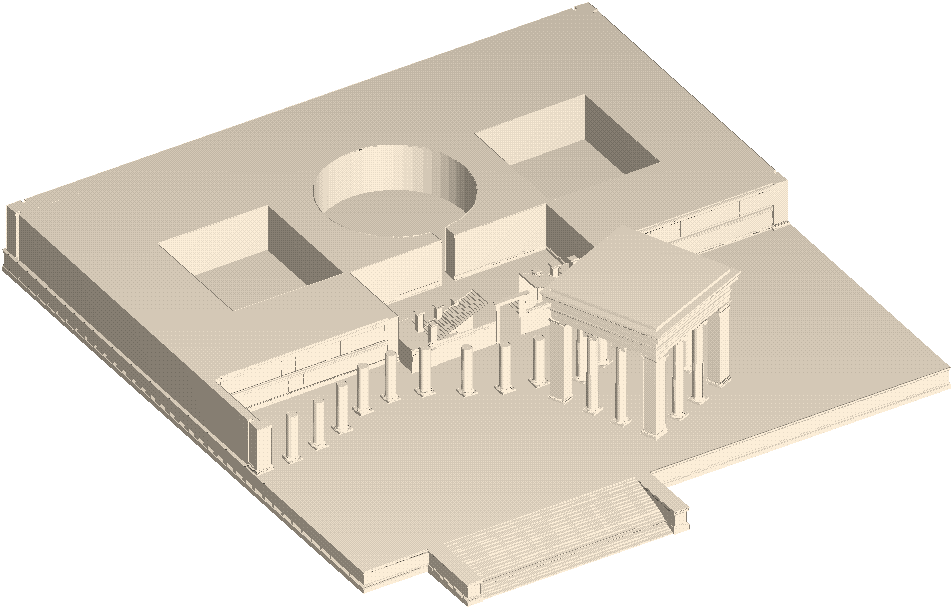
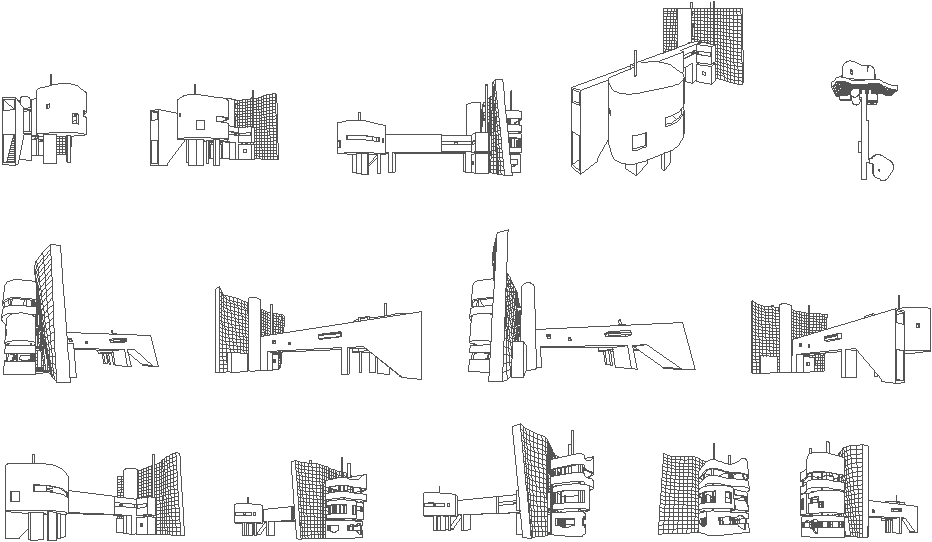
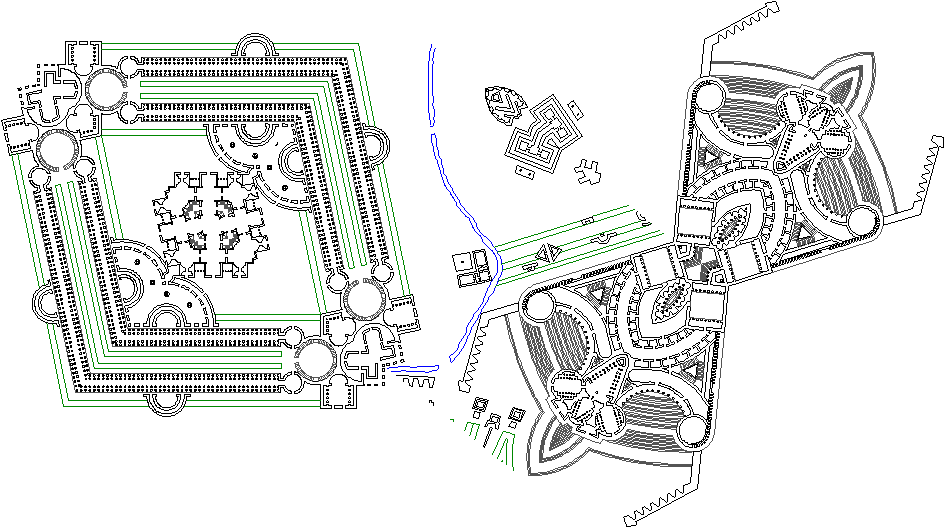
| |
2008.04.28 10:28
the state of drawing in education
"The third phase is distinguished from the second only because in the later period the number of partial images is increased as much as possible to create the effect of infinitely more images."
Frankl, Principles of Architectural History, p. 152.
2008.05.01 10:07
the state of drawing in education
In terms of drawing tool evolution then:
CAD offers an abundance of drawing tools and drawing capabilities.
The (so-called) inbuilt tendencies of CAD drawing tools are abundantly customizable.
The drawing field within CAD is also abundantly customizable.
CAD drawing data is fluid, easily manipulated, easily reproduced (thus making changes easily recordable, etc.).
It probably helps to have a fluid drawing/designing mindset to then optimally utilize the abundant capabilities of computer aided design/drawing.
Is it yet an inbuilt tendency for educators to instruct customization?
filling in the blanks:
1. draw series of spline lines on the xy plane
2. randomly move some of the spline points to arbitrary point +/- z
3. use the rotate-extrude command with extrusion rotation set to 15 degrees and the axis around which to extrude set by two arbitrary points somewhere on the spline lines
4. view the resultant extrusion at an arbitrary axonometric angle
5. do a hidden-line removal
The manual explains the rotate-extrude command by showing a straight vertical line as the axis of rotation and the half profile of a vase as the line data to be extruded during rotation(--this is the so-called inbuilt tendency, but really the social conditioning of the use of the command). The command itself, however, is programmed to accept any two points as an axis of rotation, and accept any set of drawn data to extrude while rotating.
2008.05.12 12:03
Palace 2.0 Mixes History, Consumerism
Is Le Corbusier's Villa Savoye still a real house, or is it now more like a fake shrine?
2008.05.14 07:59
True discussion/argument among classmates
Humans are perfectly capable of knowing the truth, however, humans that are openly truthful remain a rarity.
If real truthfulness didn't exist, then there wouldn't be anything to lie about.
2008.05.15 07:49
Eisenman's six point plan
Eisenman's points/arguments here are either flawed in logic, sentimental, academic, or self-serving. For example, "students are passive," yet the students described here are actually protesting. In terms of practice, deconstruction is one of architecture's most obscure styles and 'post-modernism' is still what the vast majority of architects do. Part of what's historically playing out now is Le Corbusier's late style and Kahn's early 'planning' style.
Anyone else love watching Boston Legal. Now there's a style architecture would do well to emulate.
|